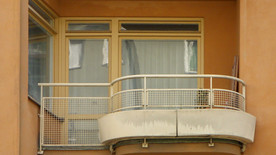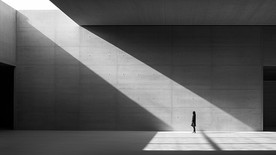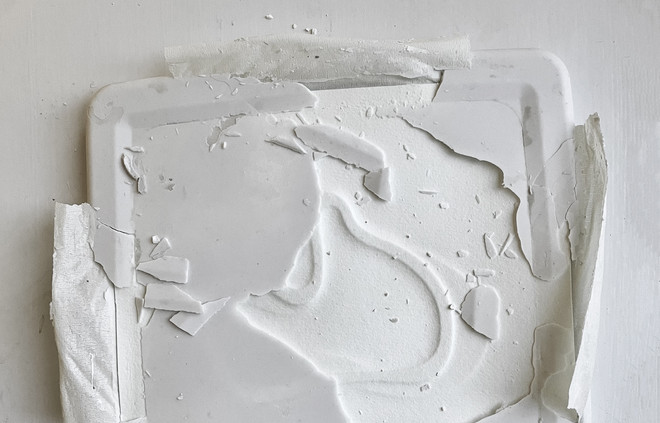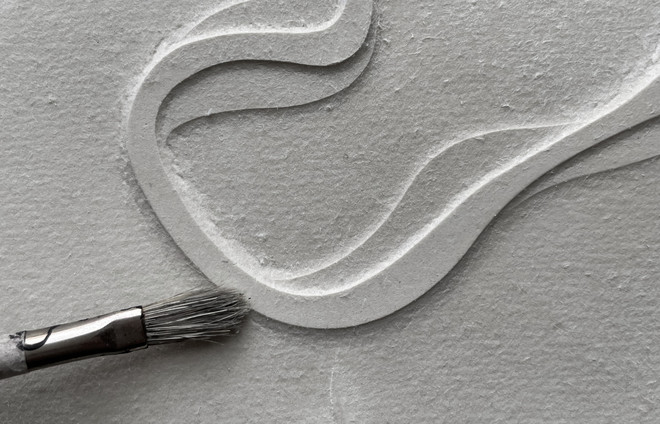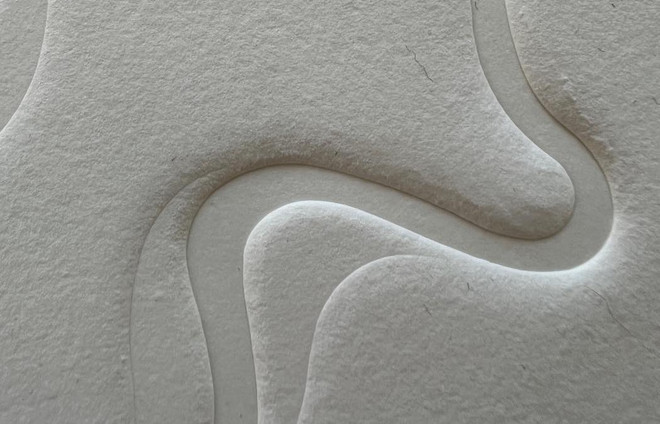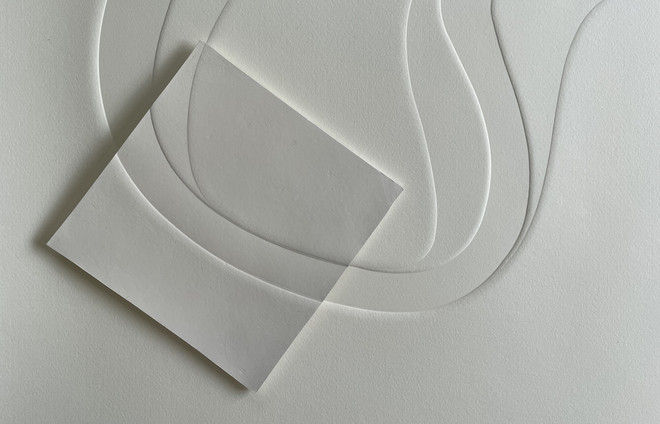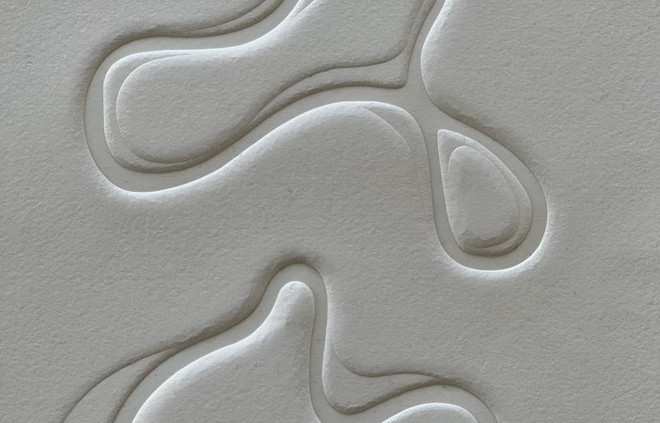
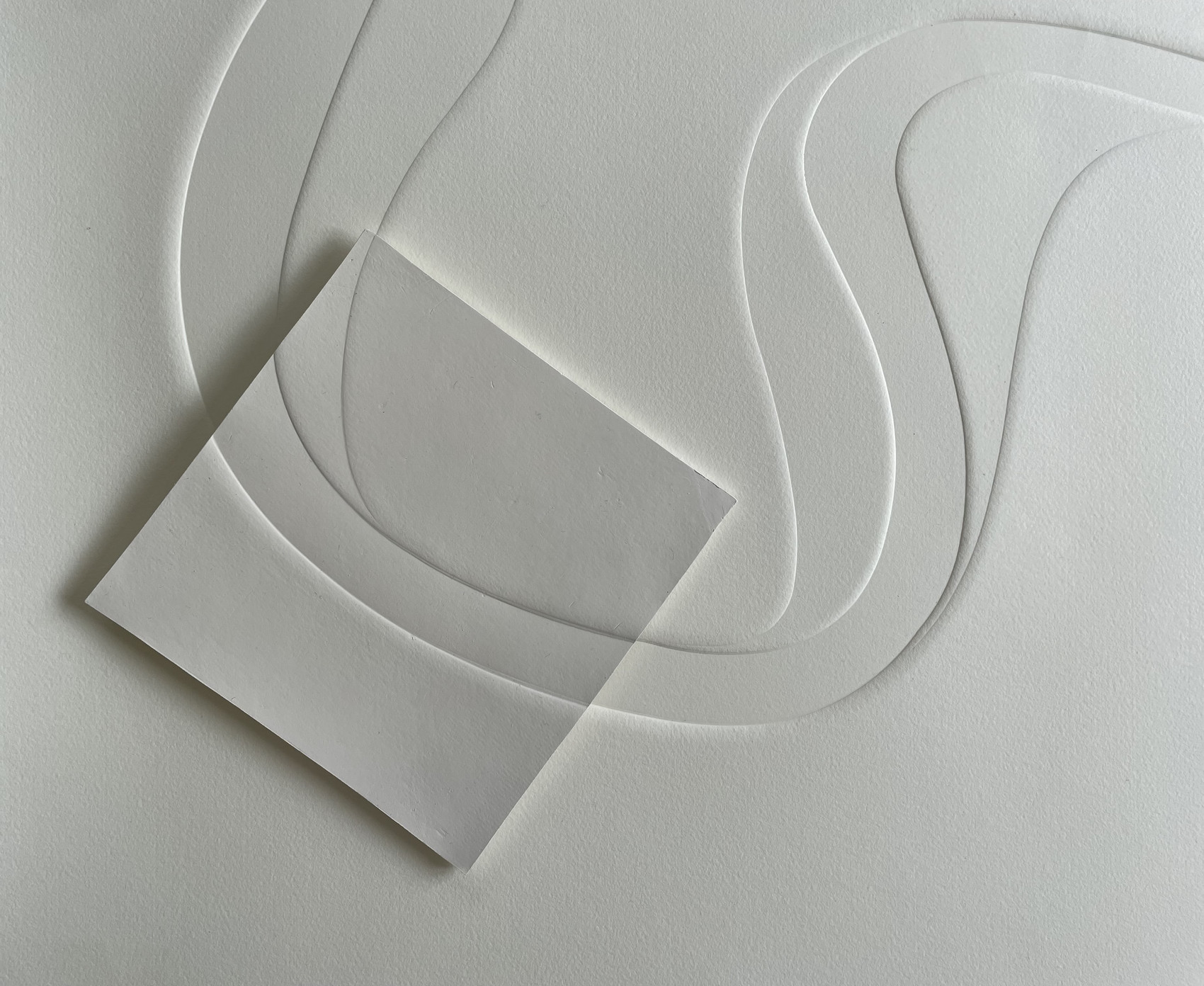
From paper embossings to porcelain tiles
As an illustrator interested in interior design, I would like to challenge the space of which illustration is represented in the home. I like to think about illustration as something that can work outside of a two-dimensional world — and therefore something that does not need to be framed and hanged on a wall. My inspiration for this project, was the best example I could think of that used this aforementioned space; the ornamented stucco.
The project is based on an investigation of stucco at Thorvaldsens Museum, Egeskov Slot, Museum Vestfyn, and Frederiksborg Slot.
[[{"fid":"288902","view_mode":"top","fields":{"format":"top","field_file_image_alt_text[und][0][value]":"","field_file_image_title_text[und][0][value]":""},"type":"media","attributes":{"class":"media-element file-top"}}]]
Stuccotile
My aim with this project is to invite the stucco into a more contemporary context. While the traditional stucco is more literal in its style and often relate to nature in a stylistic manner — this project seeks to portray nature elements in a more abstract way.
[[{"fid":"288944","view_mode":"top","fields":{"format":"top","field_file_image_alt_text[und][0][value]":"","field_file_image_title_text[und][0][value]":""},"type":"media","attributes":{"class":"media-element file-top"}}]]
During my investigations I discovered a method that was able to merge the illustration process with material experiments. It was a method that allowed me to translate paper embossings to porcelain. And, this resulted in the concept and visual identity of Stuccotile.
Det Kongelige Akademi understøtter FN’s verdensmål
Siden 2017 har Det Kongelige Akademi arbejdet med FN’s verdensmål. Det afspejler sig i forskning, undervisning og afgangsprojekter. Dette projekt har forholdt sig til følgende FN-mål












